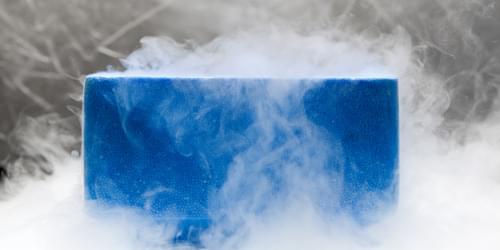Last year was awash with claims that researchers had found new high-temperature superconductors. While some of those claims were quickly quashed, others are still being explored, such as the report that single crystals of the nickelate La3Ni2O7 can superconduct at up to 78 K when under a pressure of 18 gigapascals (GPa) [1]. Now experiments performed by Jinguang Cheng of the Chinese Academy of Science and colleagues strengthen the claim that this compound is indeed a superconductor [2]. If confirmed, these results would make La3Ni2O7 one of the few transition-metal compounds outside of cuprates to superconduct at temperatures above the boiling point of liquid nitrogen.
The initial report of superconductivity in La3Ni2O7 came from measurements of single crystals. Those experiments showed a sudden drop in electrical resistance at around 80 K in samples held at pressures above 14 GPa. However, the report lacked measurements of two key hallmarks of a material entering the superconducting state—its resistance falling to zero and the expulsion of external magnetic fields.
For their experiments, Cheng and his colleagues studied polycrystalline samples of La3Ni2O7 subjected to pressures of up to 18 GPa. The researchers chose polycrystalline samples over single-crystal ones, as they are significantly easier to prepare. Their resistance measurements indicated the zero-resistance state needed to confirm the presence of superconductivity. But the researchers’ attempts to detect the magnetic hallmark of superconductivity failed. Cheng says that recent unpublished results from their lab show that doping La3Ni2O7 with the lanthanide praseodymium increases the superconducting temperature to 82.5 K. In those experiments, he says, the team observed both superconducting hallmarks.
